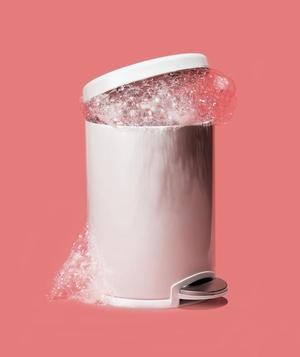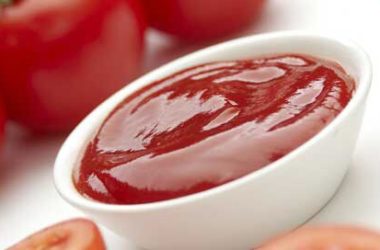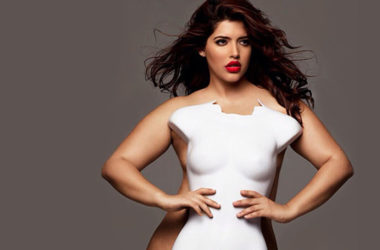A new, suds-free approach to washing, called “co-washing,” might just eliminate shampoo—and put an end to your bad hair days.
Co-washing is short for “conditioner-only washing.” It means skipping shampoo and relying solely on conditioner, whether you’re a daily or a weekly washer. The result is something between squeaky-clean and second-day hair—that is, smoother, softer, and easier to manage. A fringe benefit? You’ll save shower space, as well as some time and money.
Are You a Candidate for Co-Washing?
If your hair is dry or it’s curly or wavy (both of which tend to be naturally dry), chances are that you’ll benefit from co-washing. In fact, legions of ringleted women have been washing with conditioner alone for years. Why? Most conditioners contain trace amounts of detergents called cationic surfactants, or “quats” for short. (Some common types that you can find on your conditioner’s ingredient list are cetrimonium and behentrimonium chloride.) When mixed with water, the quats pick up tiny amounts of dirt, leaving unshampooed hair feeling clean but not squeakily so. At the same time, the conditioner contains, well, conditioners. “Since unshampooed hair retains more of its natural oils than shampooed hair, the conditioner’s moisturizing agents will now leave strands even smoother and silkier than usual,” says Nicole Tresch, a senior colorist at the Rita Hazan Salon, in New York City. Assuming that they have healthy scalps, women with color-processed hair are also prime candidates for co-washing, as it allows them to go longer between salon treatments. “Co-washing doesn’t strip strands of pigment the way traditional cleansing can,” says Los Angeles hairstylist Jen Atkin. Whom isn’t co-washing good for? People with fine, straight hair, which could get weighed down. Those with an oily scalp or dermatitis should steer clear, too. “Co-washing alone doesn’t effectively treat either condition,” says Jeannette Graf, a New York City dermatologist. Stick with your regular shampoo-then-condition routine.

Choosing a Conditioner
If your hair is on the thicker side, the daily conditioner that’s already sitting in your shower may be all that you need. Just avoid those with silicones, such as dimethicone, in the ingredient list. These are often added to conventional conditioners to smooth hair. But if you don’t shampoo daily, they can build up and weigh hair down. If your hair isn’t as thick, you may do better with a product designed for co-washing. Called cleansing conditioners, these contain more cleanser than typical conditioners do but in the form of natural ingredients (like aloe vera), which remove grit more gently.
Ready, Set, Co-Wash
Eliminating shampoo requires adjustments to how you rinse and condition your hair. Here are step-by-step directions for a smooth transition.
1. Fully saturate your hair with water. The strands should be sopping wet. Think of it like soaking a dirty pot. The water loosens the debris, making it easier to rinse out eventually. This also helps distribute the product evenly throughout the hair.
2. Squeeze out a healthy amount of conditioner. Forget dime-size and quarter-size dollops. “You need to use enough to coat strands from root to tip,” says Miko Branch, a cofounder and the creative director of the hair-care line Miss Jessie’s. For some people, this can mean using as much as a golf ball-size amount. This may seem like a lot, but don’t forget that you’re cleansing, not just conditioning.
3. Massage the conditioner into the scalp and distribute evenly through the ends. “This will help break down oils and any residue left over from styling products,” says Chaz Dean, the founder of WEN, one of the first hair-care lines to offer cleansing conditioners. Then allow the conditioner to be absorbed for three to five minutes. If your hair is particularly dry or damaged, leave it in longer. “It will act like a mask,” says Dean. Now rinse, dry, and style as usual. Bonus: You may discover that you need less styling product, since the hair is less parched and more responsive.
4. Use a clarifying shampoo once every two to four weeks. Buildup—from sweat, stylers, or conditioner—is inevitable, regardless of whether you shampoo or co-wash. Experiment with how frequently you need to clarify your hair. In general, a once-a-month or twice-a-month wash will cure dullness without drying. If your hair still feels weighed down after biweekly clarifying, alternate as needed between co-washing and shampooing. This should yield the benefits of co-washing but with more volume.
Source:realsimple.com
Photo Credit:ceh.org












